“Time and momentum are on our side,” declared Chinese President Xi Jinping in January. But developments this year have not borne out Xi’s confidence about China’s inexorable rise. A number of structural weaknesses have been dragging down China’s prospects: a rapidly aging population, climate change vulnerability, a heavy debt load, and an increasingly inward-looking political system. The United States’ power, by contrast, has grown by a more substantial margin in the past year than that of any other Indo-Pacific country.
In 2021, according to the Lowy Institute’s Asia Power Index—a data-driven annual assessment that measures national resources and international influence to rank the relative power of the states in the Indo-Pacific—Beijing lost ground in half of the index’s measures of power, including diplomatic influence, cultural influence, economic capability, and future resources. In the same period, Washington registered its first annual gain in comprehensive power since the launch of the index in 2018.
The United States exerts greater, more multidimensional power—from military capabilities and defense networks to diplomatic and cultural influence—than any other country in the world. Just as significant, the United States has this year outranked China in the index’s measure of future resources, a combined assessment of the projected distribution of economic and military capabilities and demographic strength in the future. Whether the United States remains the top power in the Indo-Pacific for decades to come depends on how it plays its cards. Yet it is already clear that China will never be as dominant as the United States once was. A bipolar future beckons.
INDO-PACIFIC POWER BEGINS AT HOME
Much of the improvement in the United States’ performance in 2021 is the result of domestic renewal and successful coalition building. President Joe Biden has stressed that foreign policy success starts at home. The new administration has made significant progress on dealing with COVID-19, investing in infrastructure, and boosting the U.S. economy—the only major global economy now predicted to be larger in 2030 than was forecast prior to the pandemic.
The faster-than-expected U.S. economic recovery has coincided with growing headwinds in China. China’s economic growth is slowing, from eight percent annually a decade ago to a “new normal” of just over four percent annually predicted by the end of this decade. Even at that rate, China’s GDP at market exchange rates will still overtake that of the United States. But there are inherent limits on the speed at which China can continue to grow beyond 2030. Its workforce is projected to contract by almost 20 percent from current levels by midcentury, and there are few policy levers to turn around the decline in China’s working-age population. Productivity growth is slowing, and China’s investment-heavy approach for driving the economy will produce diminishing returns over time. What is more, by some estimates, Beijing spends more on projecting power inward, on domestic security, than outward, on military expenditure.
But domestic strength is only half the story. Just as important as what a superpower has is what it does with what it has. Washington has redoubled its emphasis on allies and partners as a force multiplier for U.S. power. The Biden administration has strengthened long-standing bilateral alliances, such as those with Japan and South Korea, and refreshed defense ties with the Philippines. New multilateral partnerships such as the Quadrilateral Security Dialogue (with Australia, India, and Japan) and AUKUS (with Australia and the United Kingdom) offer Washington its best hope of upholding a military balance in its favor despite the declining margin of U.S. military superiority in the region.
The U.S. has the only major global economy predicted to be larger in 2030 than it was before the pandemic.
China may be building the world’s largest navy at a fearsome clip and investing in signature military capabilities, including an expanded nuclear deterrent. It has intimidated Taiwan, jostled with India, and pressed its claims aggressively in the East China and South China Seas. But rather than enhancing Beijing’s influence, such behavior undermines its ability to replace Washington as the regional security guarantor.
Washington has also seized the diplomatic initiative on issues from COVID-19 vaccines to development and infrastructure finance and climate action. By October 2021, the United States had donated and delivered more than 90 million vaccine doses to the Indo-Pacific region—twice as many as China, the next-largest donor in aggregate terms—and had been more generous on a per capita basis than any other donor in the Indo-Pacific. The net result has improved the United States’ diplomatic standing markedly. Biden is judged by regional experts to be the most effective Indo-Pacific leader, up ten places from President Donald Trump’s ranking in 2020.
Biden’s reputation was not significantly diminished by the chaotic withdrawal of U.S. troops from Afghanistan in August 2021 nor by France’s anger at the AUKUS announcement. In fact, Washington’s push to end the forever war in Afghanistan and bolster Australia’s sovereign capabilities were taken as tangible signs in many Asian capitals that the United States is focusing on this region and betting on its allies.
ASIA IS NOT WAITING
If there is one factor that threatens the United States’ strong position it is the decline in its regional economic influence. Here, U.S. policymakers should be alarmed. The rate of deterioration points to the risk of growing American irrelevance in the political economy of Asia.
Beijing’s economic power in the region is built on a narrow but deep foundation. China is virtually on par with the United States in terms of overall economic capacity but is vastly ahead in terms of regional economic relationships. China’s ability to connect with and influence the choices of other countries in Asia through economic interdependencies underlies this power, just as U.S. defense partnerships are the mainstay of U.S. military power. Trade flows between China and the rest of Asia are now three times the size of those between the United States and the region. China has also become the primary foreign investor in as many countries in the Indo-Pacific as the United States and Japan, the next-largest investor, combined.
China is vastly ahead of the U.S. in regional economic relationships.
The disparity in regional economic relationships has been a chronic weakness for the United States for many years. The Trans-Pacific Partnership (TPP), signed between 12 Pacific countries in 2016, was a centerpiece of the Obama administration’s strategic pivot to Asia and was meant to redress this weakness, countering the growing influence of China’s state-capitalist model in the region. But the United States withdrew in 2018, and without Washington anchoring the successor agreement, the Comprehensive and Progressive Agreement for Trans-Pacific Partnership, the grouping risks underachieving on the original goal of strengthening and deepening the “rules of the road” of the regional trading system. Yet there seems to be little hope of a president from either party joining the CPTPP or a similar agreement anytime soon. The anti-trade consensus in U.S. politics is preventing the formation of an effective multilateral hedge against China’s economic power. It remains to be seen whether the Biden administration’s forthcoming “economic framework for the Indo-Pacific” can overcome domestic U.S. opposition to free trade and offer the region anything of substance.
In the meantime, Asia is not waiting. Alternative models for a rules-based regional trade environment are well underway. The Regional Comprehensive Economic Partnership, for instance, led by the Association of Southeast Asian Nations, will enter into force next month. The RCEP, unlike the CPTPP, has few commitments on labor, the environment, intellectual property, and state-owned enterprises. But it will result in more trade, investment, and supply chain integration for its 15 Asian partners—first among them, China.
The limitations on U.S. economic leadership in the Indo-Pacific point to the deeper problem: just as the United States’ resurgence in the past year stems from events at home, so do the biggest threats to the sustainability of this resurgence. The U.S. position will be threatened without a new commitment to economic engagement with the region, which in turn depends on American domestic dynamics. The other big danger for the United States is the polarization of its domestic politics and the threat this poses to the stability of the United States’ democratic institutions—and ultimately, its reliability as an ally and partner. It may be that the biggest risk to U.S. power in Asia lies not in Beijing but in Washington.
Read the original article on Foreign Affairs
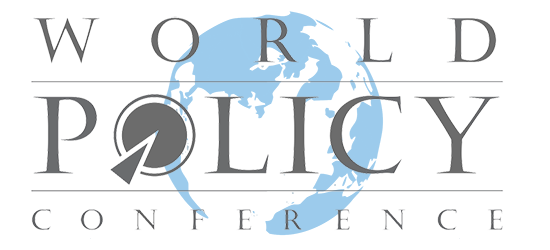
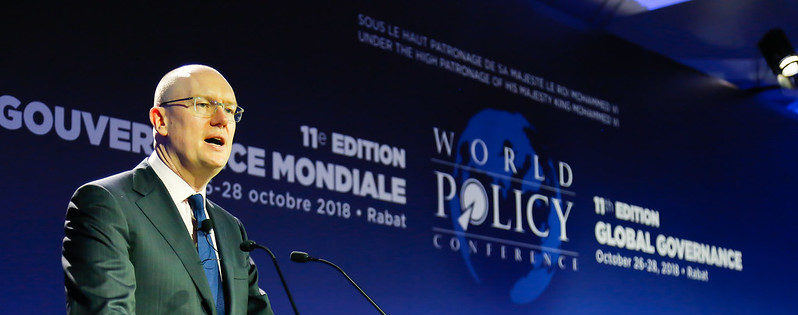

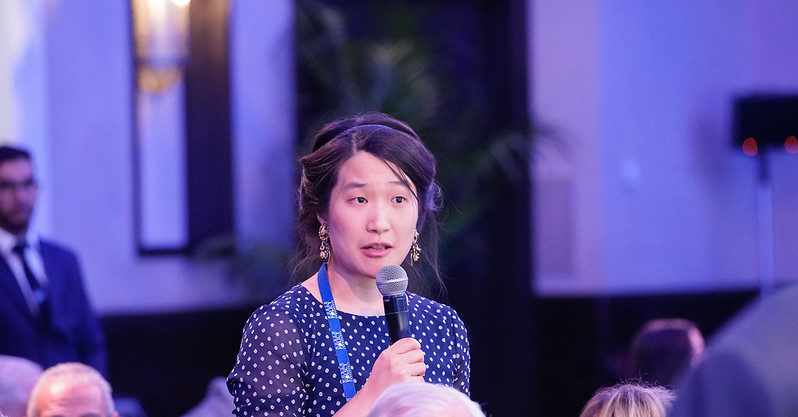
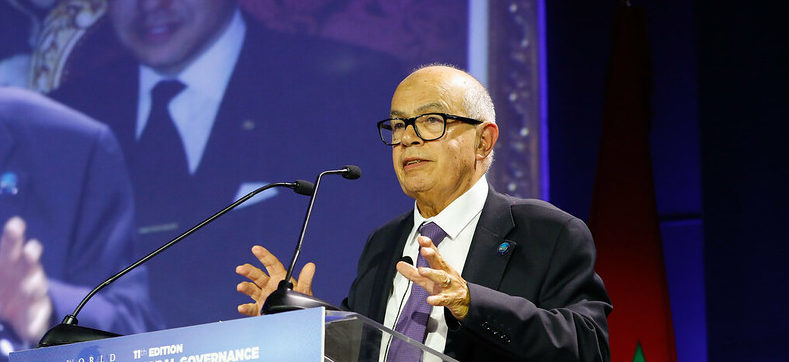
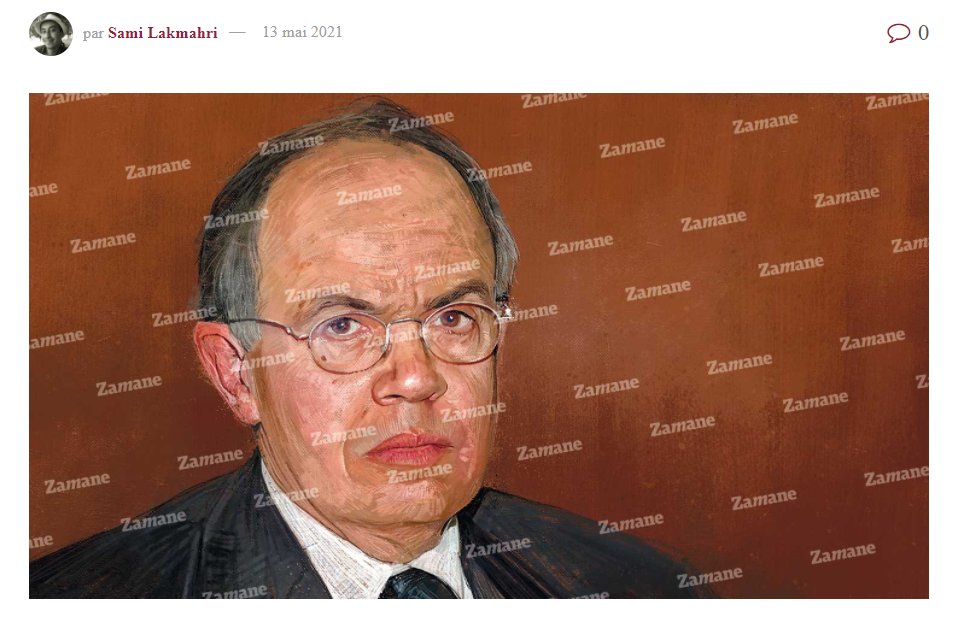
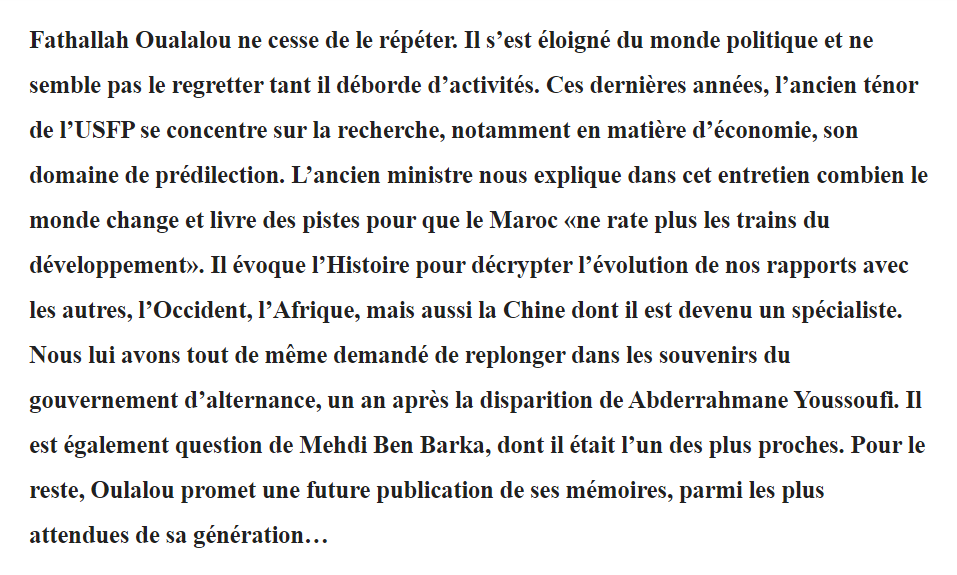
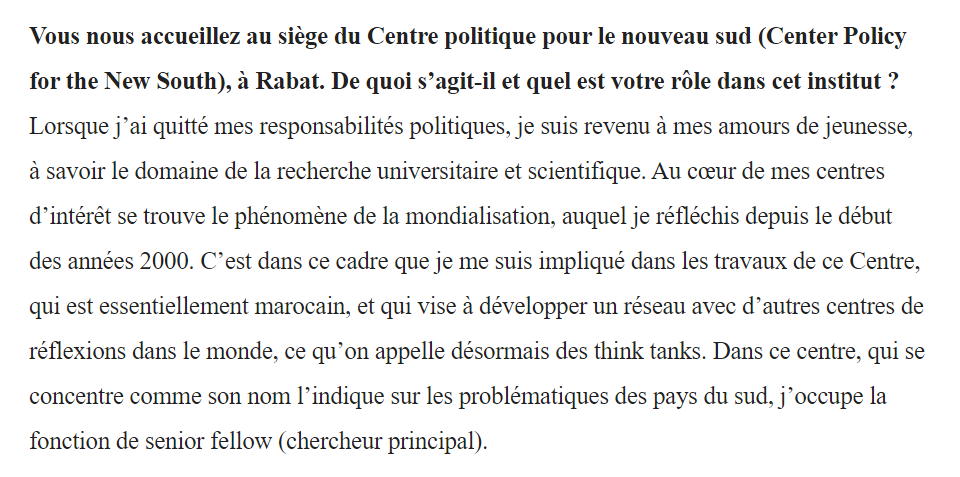
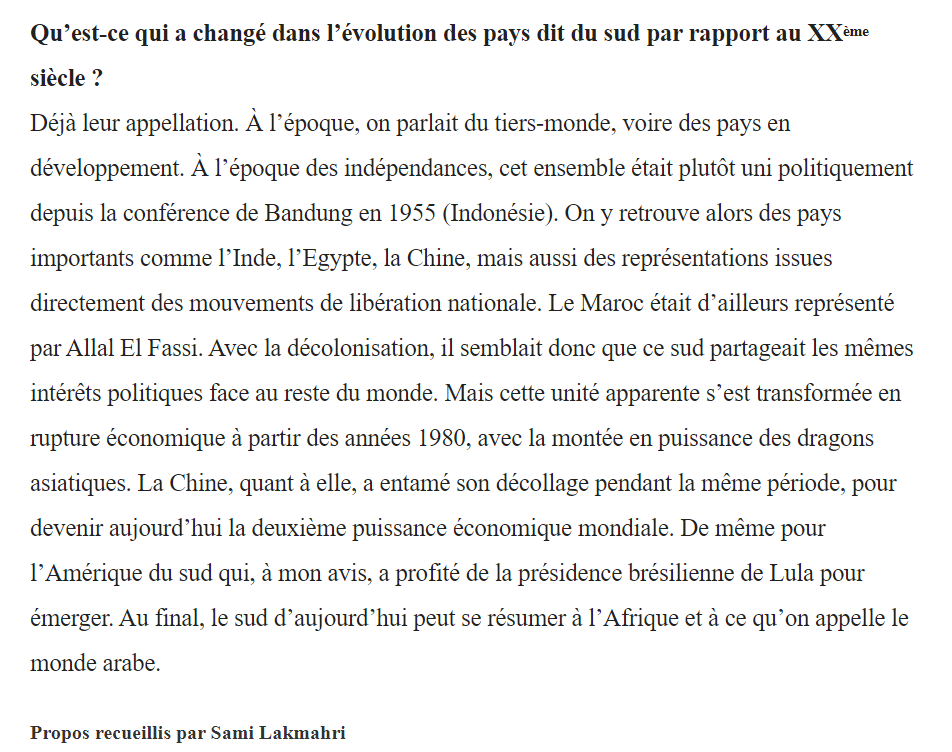
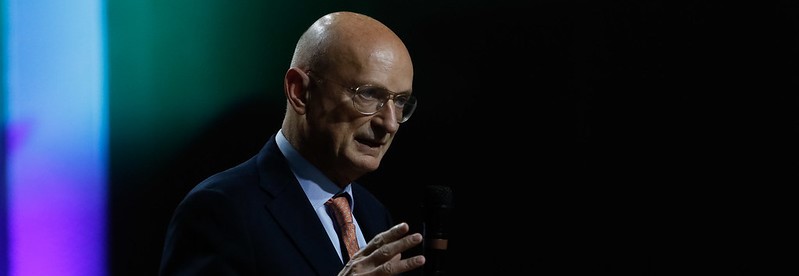


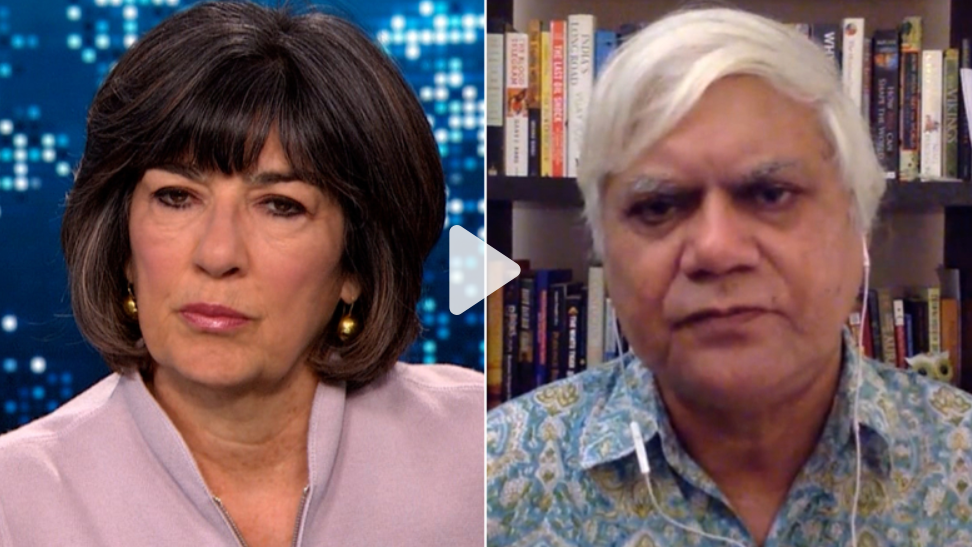
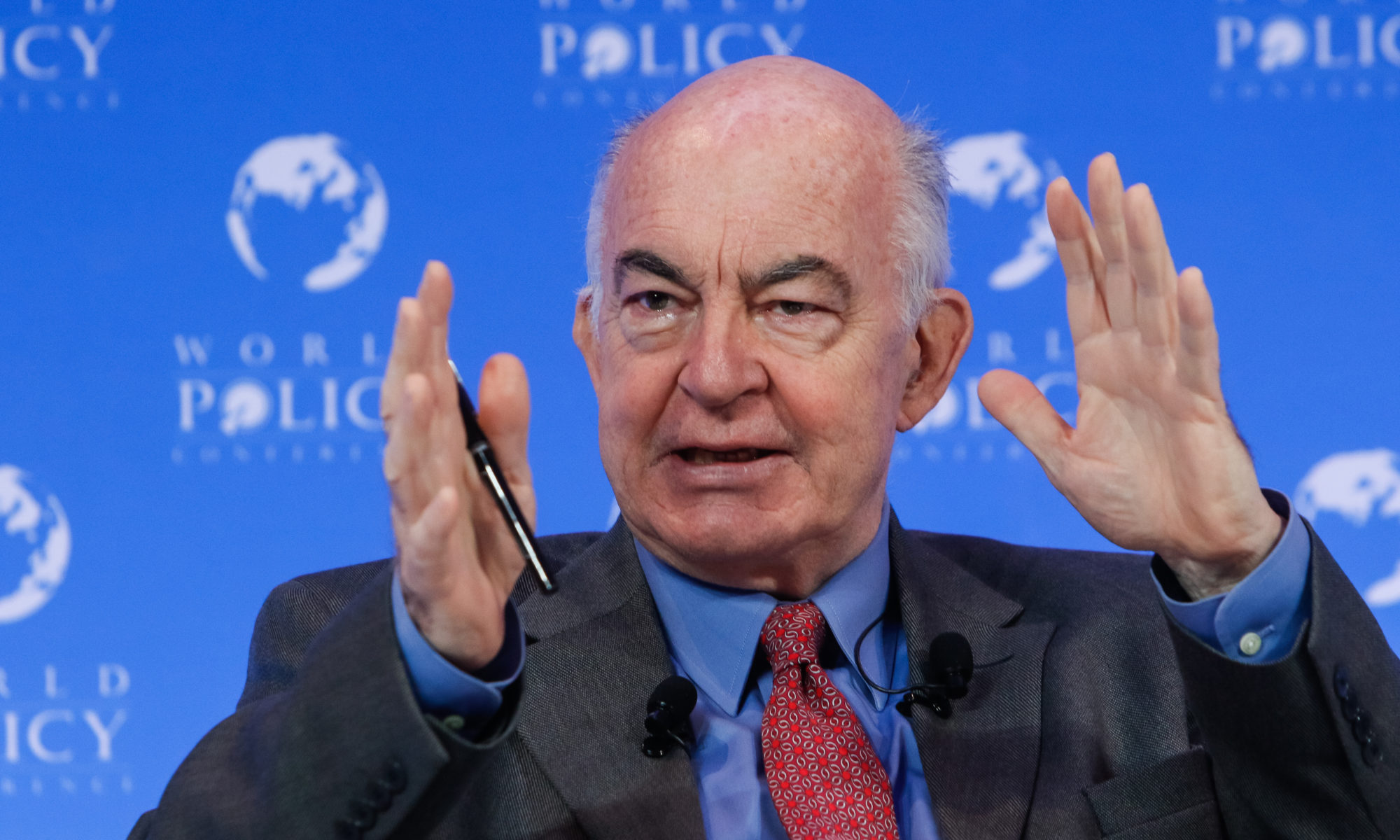
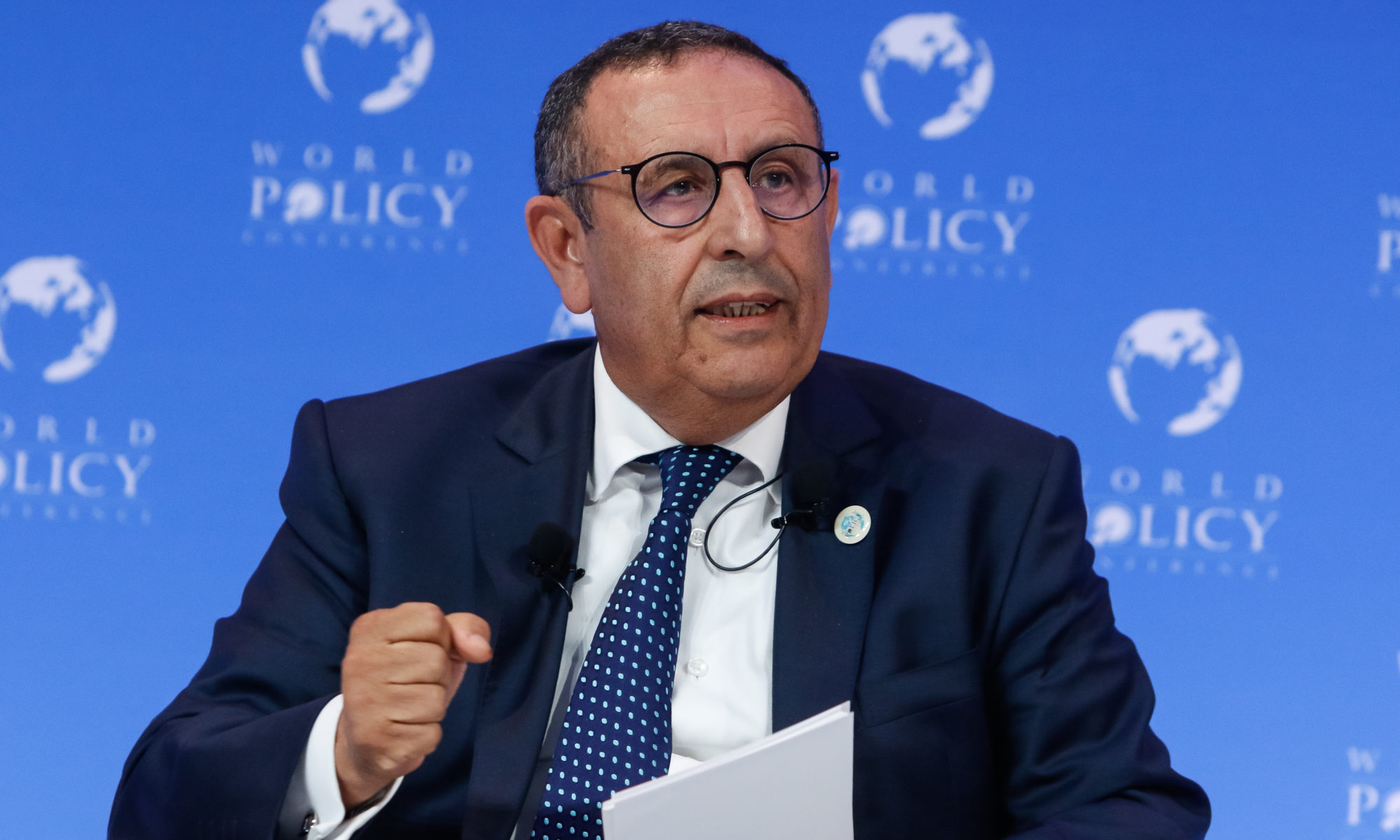
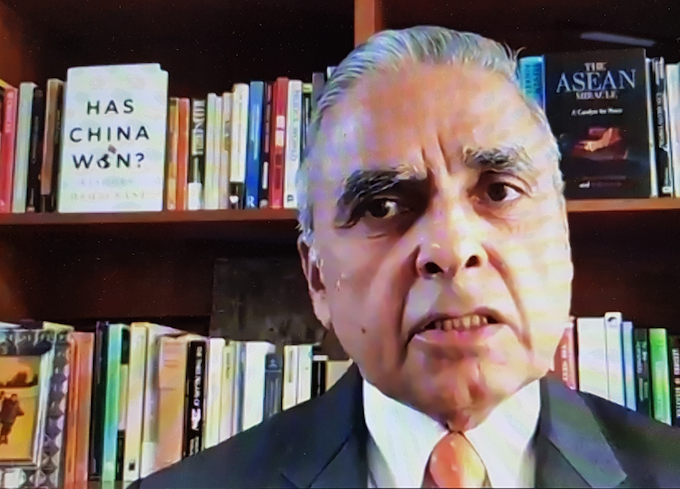
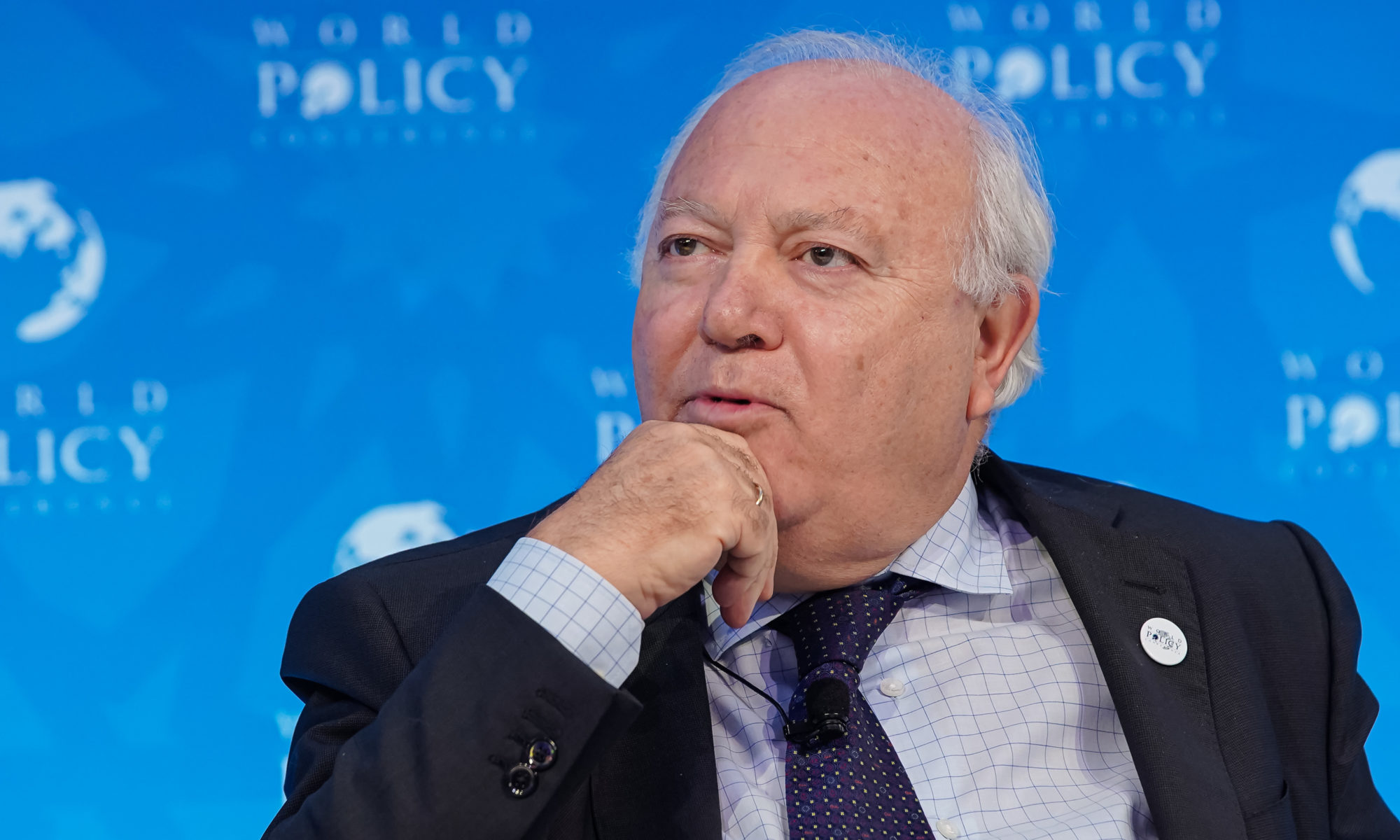
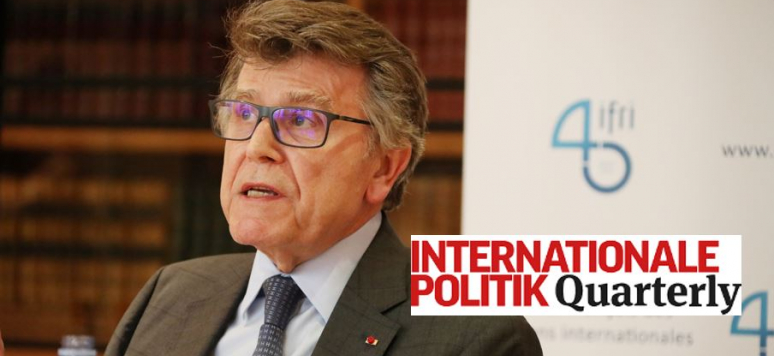
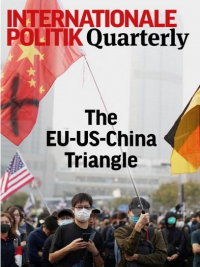 When Angela Merkel became chancellor in 2005, the world could still be called unipolar, at least at first glance. The geopolitical consequences of China’s rise seemed abstract. The issue was raised only in small circles. China’s leaders tried to seduce the West, which in turn was preoccupied with how it could benefit from the new division of labor. In fact, the West viewed China mainly as a huge pool of cheap labor and an almost inexhaustible outlet for its products. That is why China was admitted to the WTO. The idea that the Chinese were taking advantage of the West’s ambient liberal ideology to methodically implement a power policy, based on acquiring technological world leadership, did not worry Westerners much, who thus showed themselves mainly interested in the short to medium term.
When Angela Merkel became chancellor in 2005, the world could still be called unipolar, at least at first glance. The geopolitical consequences of China’s rise seemed abstract. The issue was raised only in small circles. China’s leaders tried to seduce the West, which in turn was preoccupied with how it could benefit from the new division of labor. In fact, the West viewed China mainly as a huge pool of cheap labor and an almost inexhaustible outlet for its products. That is why China was admitted to the WTO. The idea that the Chinese were taking advantage of the West’s ambient liberal ideology to methodically implement a power policy, based on acquiring technological world leadership, did not worry Westerners much, who thus showed themselves mainly interested in the short to medium term.

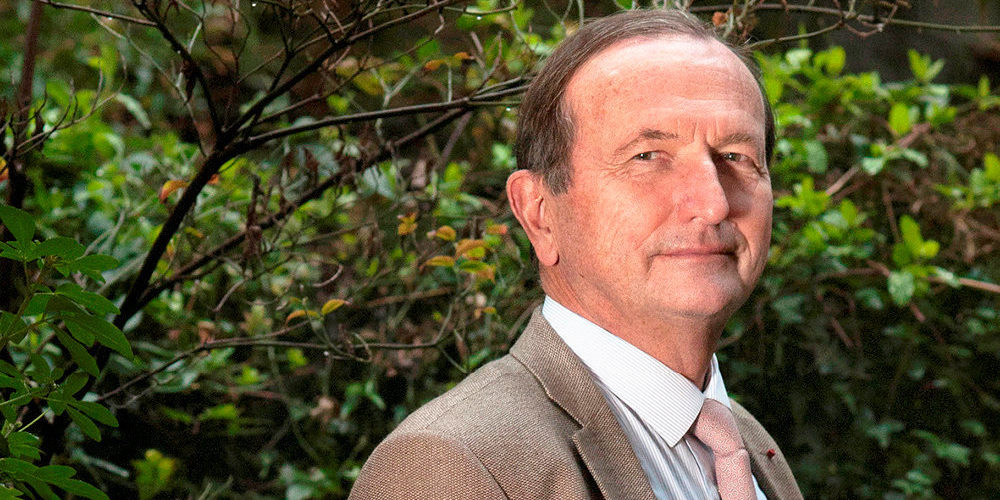

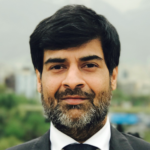
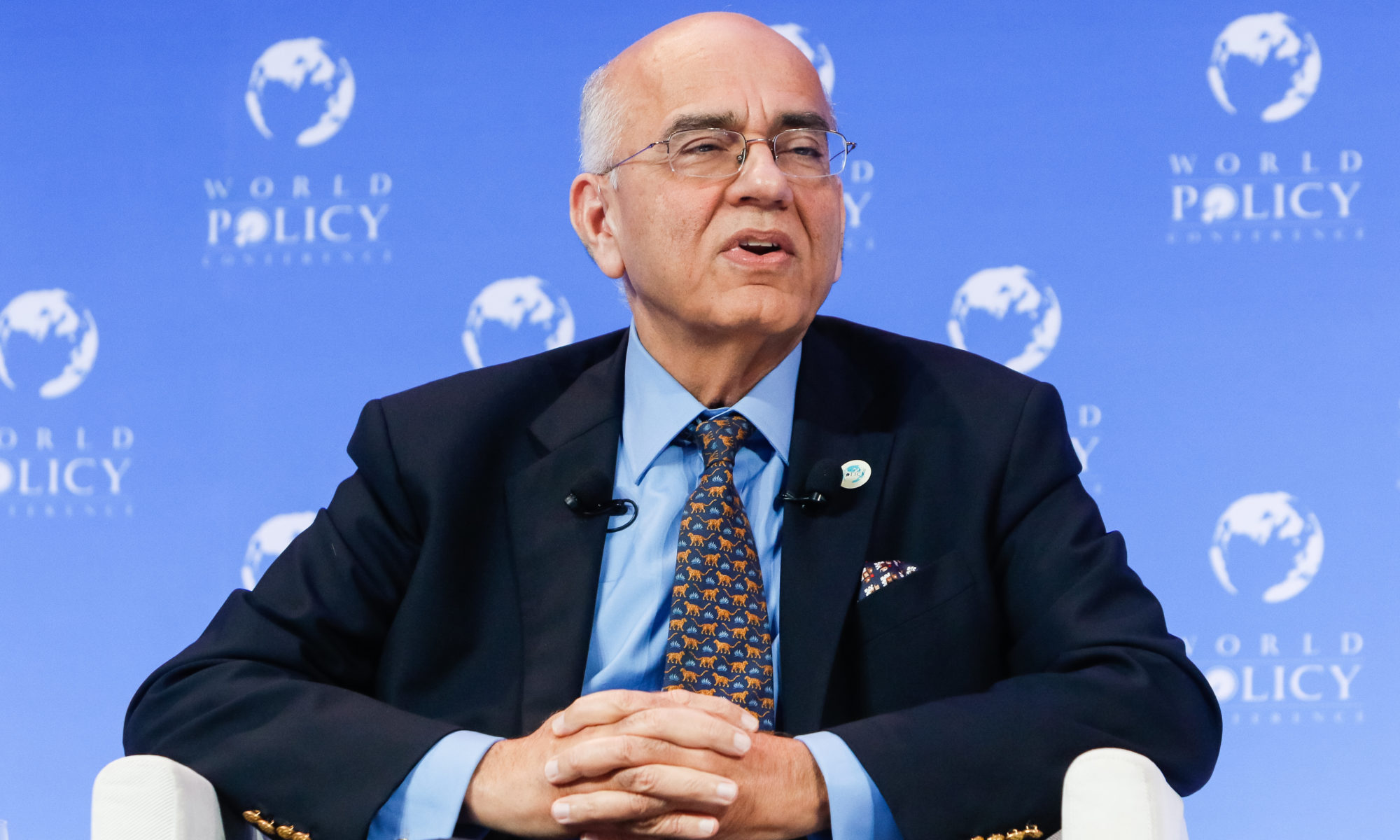

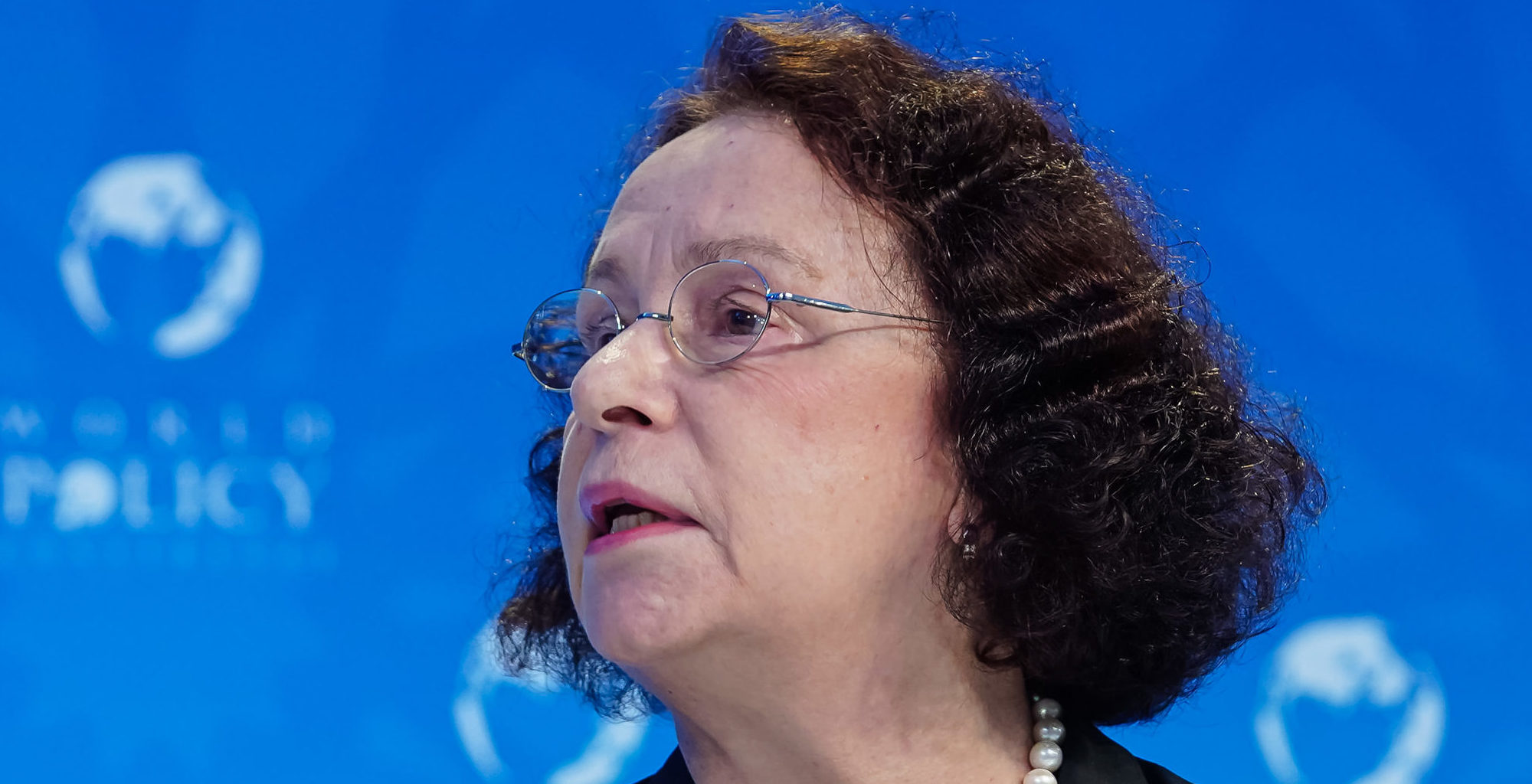
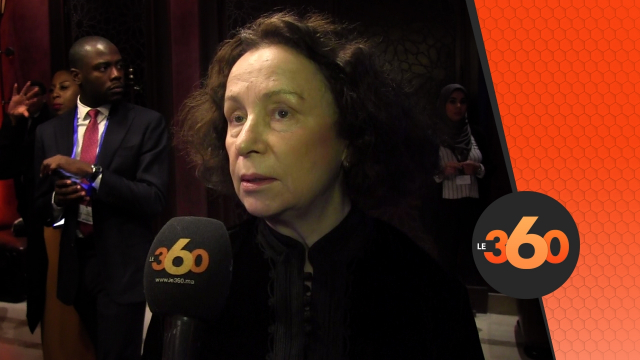
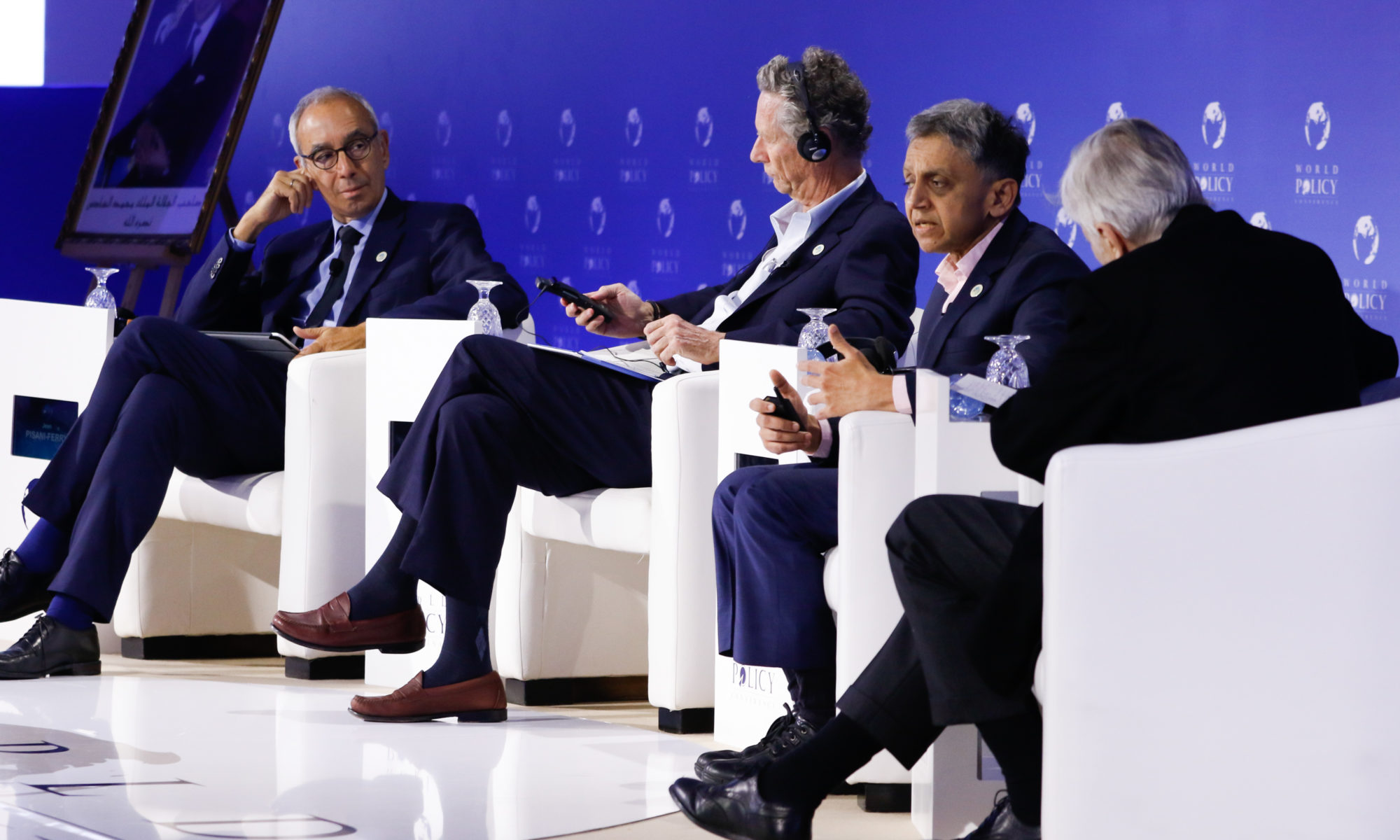
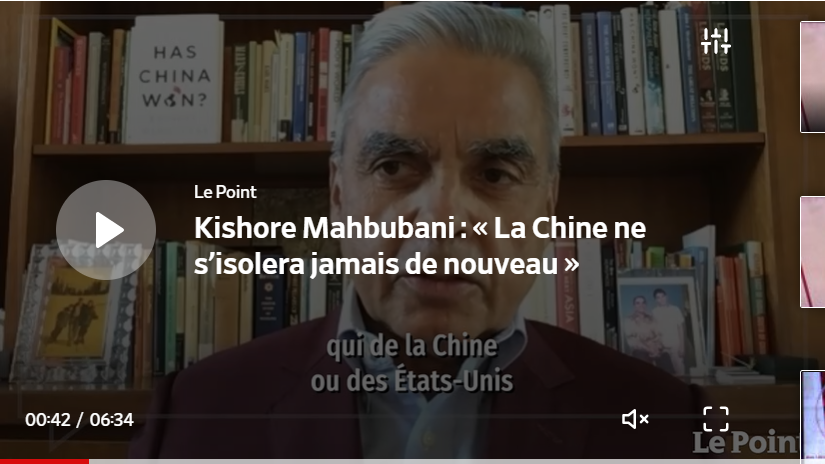




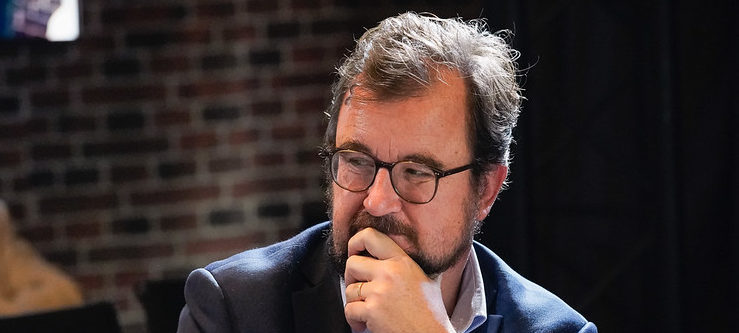

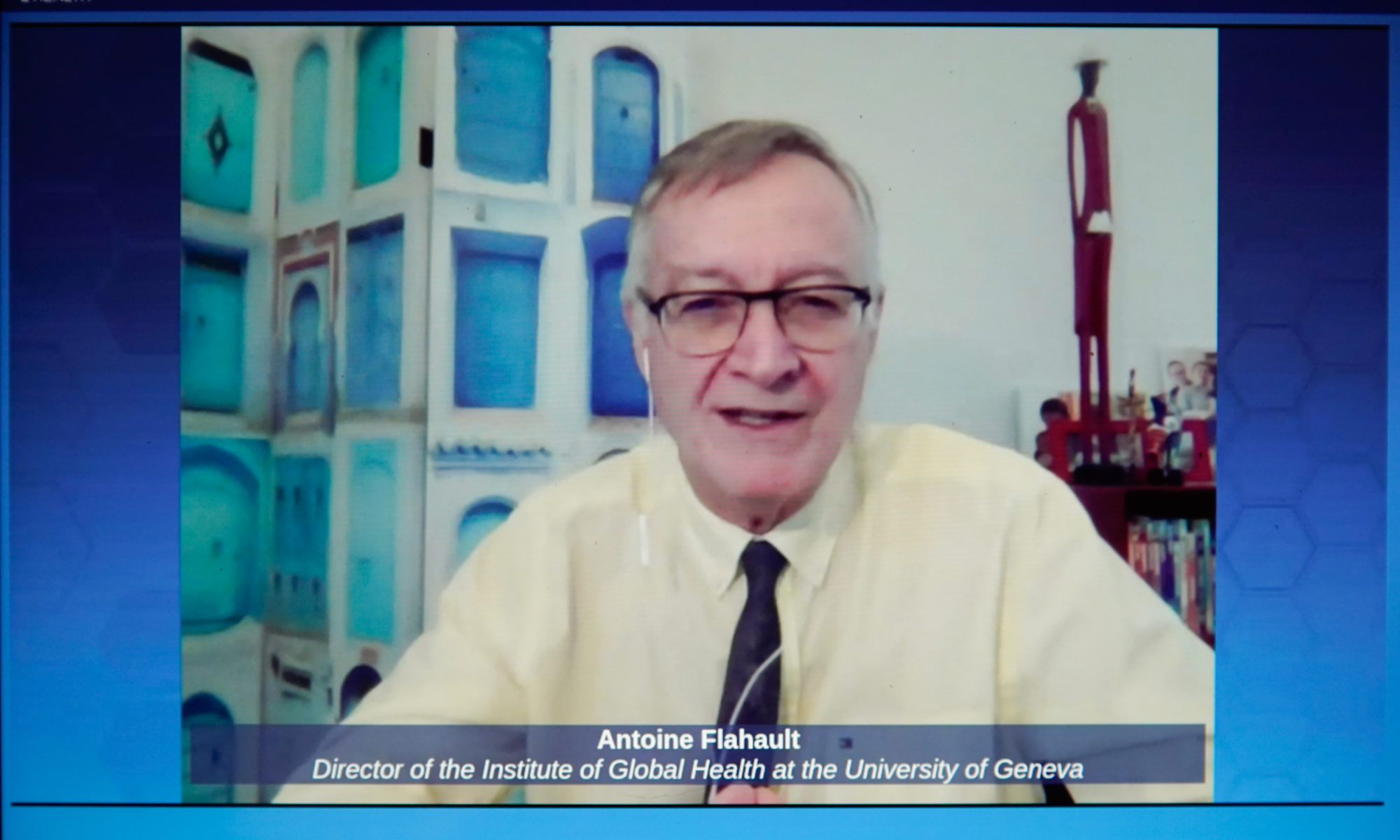
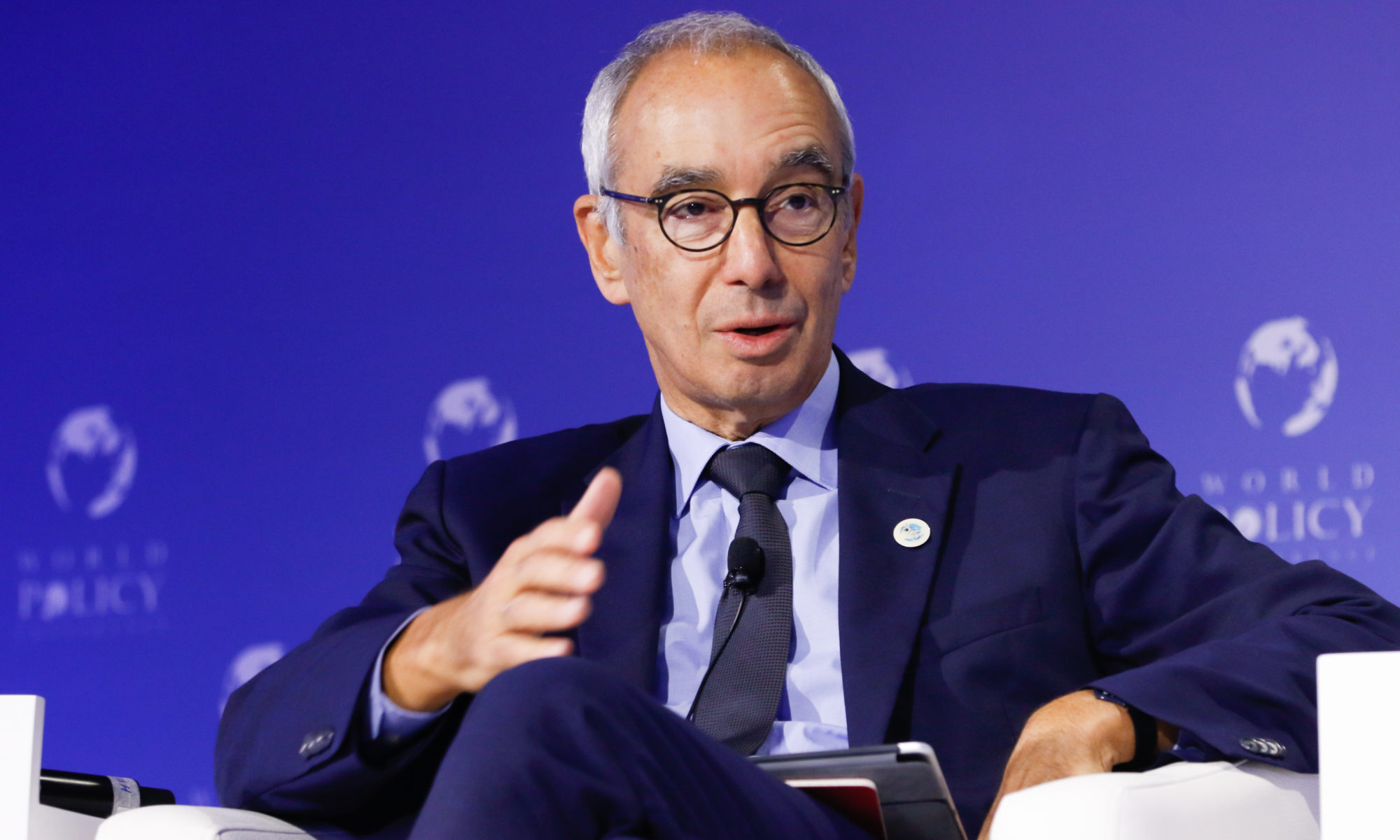
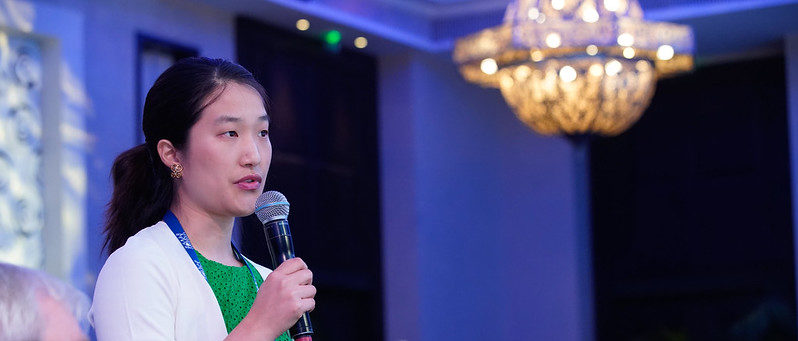
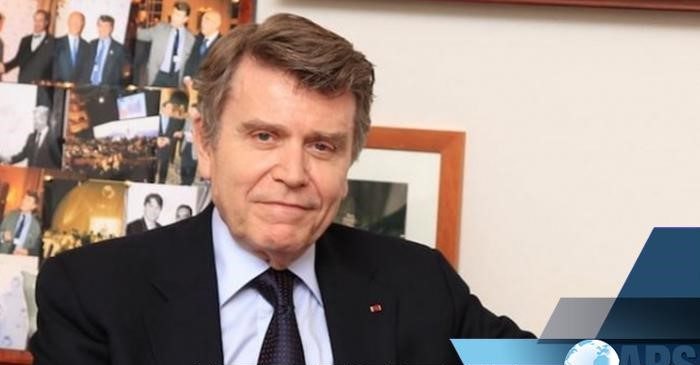
PARIS – Finance is evolving in a more sustainable direction, and just in time. Pension funds, insurance companies, and sovereign wealth funds have made multiple commitments on climate change, biodiversity, and economic inclusion. In each case, the aim is to treat finance as a tool, not an end in itself, and to adopt objectives that go well beyond financial returns.
Today, more than $40.5 trillion globally is invested according to environmental, social, and governance principles. But who defines what constitutes an ESG investment, and how far can we trust ESG statements issued by corporations? We need a set of genuinely global ESG standards – and Europe can, and should, play a leading role in formulating and implementing them.
Far from being a purely technical matter, assessing firms’ non-financial performance is a deeply political issue. The first step is the choice of indicators to measure a company’s environmental or social performance. Then there is the question of establishing baseline ESG standards that Europe, the United States, or China will require from all firms that want to do business in their market, as well as a frame of reference that will directly influence financial and investment flows.
Designing such indicators is an invaluable instrument for building sovereignty. Europe, in many respects a global leader in the environmental and social domains, should therefore seize the opportunity, and advance the case for a different kind of sovereignty that serves as a launchpad for global initiatives.
Since French President Emmanuel Macron advocated building European sovereignty in a 2017 speech, the European Union’s view on the issue has evolved significantly. Nowadays, member states are far less ambivalent about defending European sovereignty, whether in response to emerging digital monopolies, the economic risks of Brexit, or the public-health threat posed by COVID-19.
To safeguard its model and values, Europe can no longer just respond to events, but needs to be proactive in identifying and initiating measures that will spread beyond its borders. Assessing corporations’ non-financial performance can form part of a more assertive sovereignty that also enables Europe to address equally urgent issues such as climate change, social problems, and shifting geopolitical alignments.
For example, the EU has set itself far-reaching environmental goals, starting with achieving carbon neutrality no later than 2050. To that end, it recently developed a so-called green taxonomy, a standardized classification that enables assessment of the sustainability of 70 economic activities that together account for 93% of the EU’s greenhouse-gas emissions.
On the social front, the EU established the Charter of Fundamental Rights in 2000, and in 2017 proclaimed the European Pillar of Social Rights – granting its citizens new and more effective means of ensuring equal access to the labor market, fair working conditions, and increased social protection. And in October 2020, the European Commission proposed an EU directive to ensure adequate minimum wages for workers in member states.
But here, too, Europe is trapping itself in a defensive situation. Although Europe is protecting its sovereignty by building such an environmental and social framework, it has no desire to introduce these ideas elsewhere. But in a global economy where each country is trying to shape standards to its own advantage, the key is not merely to defend a model, but to present it to the world as a basis for further discussion.
Since its inception, the EU has frequently been criticized for its sluggishness and bureaucratic red tape. But in a union of 27 sovereign states, every decision is necessarily the result of negotiation and compromise. Moreover, decisions about what constitutes good or bad behavior relative to a norm should not be made lightly. Ironically, therefore, Europe’s inclusive governance model may give it a competitive edge in shaping global ESG standards.
With its large and prosperous single market, high savings rate, and powerful financial sector, Europe can potentially influence these standards through what Zaki Laïdi calls “norms over force.” This is the exact opposite of traditional political and military power, or, as Laïdi puts it, the “ability to produce and set up a worldwide mechanism of norms able to structure the world, to curb unruly behavior from entering players, to offer those who abide by the rules, particularly the less powerful, ample opportunity to make the norms stand against all, including the powerful.”
Furthermore, because measuring non-financial performance goes well beyond simple accounting, the transition to a more ecologically and socially sustainable capitalism through participants’ transparency and shared responsibility may become the polestar of a new European identity.
At a time when Europe is seeking to outgrow its internal political divisions, the EU has an opportunity to reiterate its environmental and social values without requiring member states to support a particular economic model, but rather by simply sticking to a results-based approach. Despite their historical and cultural differences, member states have many shared values that enable them to agree on the basics on issues such as gender equality or environmental protection.
One of the founding fathers of European integration, Jean Monnet, believed that sovereignty declines when it is entrenched in old patterns. Having designed a sovereignty that differs fundamentally from previously tested governance models, the EU must now demonstrate its vitality by extending its power beyond its single market.
More than any other jurisdiction, the EU should embrace new norms, not fear them. By requiring an evaluation of a firm’s environmental and social impact before granting access to its market, the EU would have a unique opportunity to assert both the singularity and the extent of its sovereignty.
In doing so, Europe would contribute to a necessarily global debate regarding the transition toward a sustainable, resilient, and inclusive capitalist economic model. This goal was implicit in the Sustainable Development Goals and Paris climate agreement that the world adopted in 2015. We now have a duty to make it overt.